K-Recipe: An American-Korean Stew to Share in the Chill
 topnews
topnews
Foreigners often find Budae Jjigae fascinating, because it includes a bunch of both western and Korean ingredients - yet it’s one of the most “Korean” dishes ever! Nobody would’ve imagined that a mix of ingredients from very difficult cultures could work out so well. The western ingredients in this stew are Spam, sausages, corn beef, baked beans, and cheddar cheese (optional). That’s a mouthful list, but there are also Korean ingredients: kimchi, gochujang (chilli paste), rice cake, and tofu (optional). No idea what this combination will taste like? There’s only one way to find out!
 national museum of korean contemporary history
national museum of korean contemporary history
Before we get into the recipe, let’s talk about how this peculiar dish came about. Budae Jjigae is definitely one of the most loved dishes in Korea, but it has an unfortunate backstory to it. During the Korean War in the early 1950s, Korea was nothing like the country that it is today. Poverty was the norm for everyone, some were dying from starvation, and being able to get good enough food for dinner wasn’t so easy. Luckily, the American troops had some food to share with those around. The so-called “army food” was mostly canned food that Koreans back then found greasy and very foreign, compared to the food they were used to. Experimenting with the ingredients on hand, some decided to throw everything in a pot and cook it with the Korean spices to match the local palate - this is where kimchi and gochujang got added! To everyone’s surprise, the experimental result was a huge success! By boiling the hams and sausages, the soup was rich in flavour and the Koreans’ favourite spices would kick in and blend out the fattiness of the canned meat.
 market kurly
market kurly
As such, the dish is linked to America in many ways. Budae Jjigae is also known by the name ‘Johnson Stew,’ which you might have come across if you’re a Korean restaurant fan. There are many stories about why this name took place, but nobody knows the accurate origin. The most probable hypothesis is that in the 1960s, the American president Lyndon B. Johnson visited Korea and fell in love with Budae Jjigae, so the Americans named the dish after him. Also apparently, the city Uijeongbu, got known for having the best Budae Jjigae because they had the most American troop camps back in the wartime Uijeongbu is famous today for their Budae Jjigae Street, so if you’re curious, give them a visit - it’s only 30 - 40mins away from Seoul through the subway.
 W TABLE
W TABLE
The recipe for this stew is quite simple. Just throw in whatever ingredients you want from the list, make the sauce base on the side, and boil everything together. Almost everything in the ingredients is optional, so you pick and choose which one you want in!
Ingredients:
|
Sauce:
|
- Slice the Spam, sausages, kimchi, onion, and spring onion into bite-size pieces and put them on the side.
- Mix the sauce ingredients in a bowl and put them on the side.
- On a flat pot, place the sliced ingredients into sections. Add the baked beans, corn beef, and rice cake into sections as well. (Tip: Add only about 2-3 Tbsp of baked beans, or the sourness of the baked bean sauce will be too overwhelming)
- Add the sauce mix on top of the ingredients (Tip: If you’re not a spice person, start with just a portion and add more later if needed)
- Pour water or beef-bone broth (can be bought from Korean supermarkets) just enough to cover all ingredients, and boil until ingredients are cooked.
- Make sure to mix the sauce as the stew boils, and once all cooked optionally add a slice of cheddar cheese for richer flavours, or add an instant noodle as extra.
- Enjoy the boiling stew with steamed rice!
Pretty straight forward right? If you need visual guidance, here’s a link to a Budae Jjigae recipe - some ingredients might be missing for personal preference issues! Hope you get a chance to try this hot stew and warm yourself up with family and friends during the chilly seasons ❄️








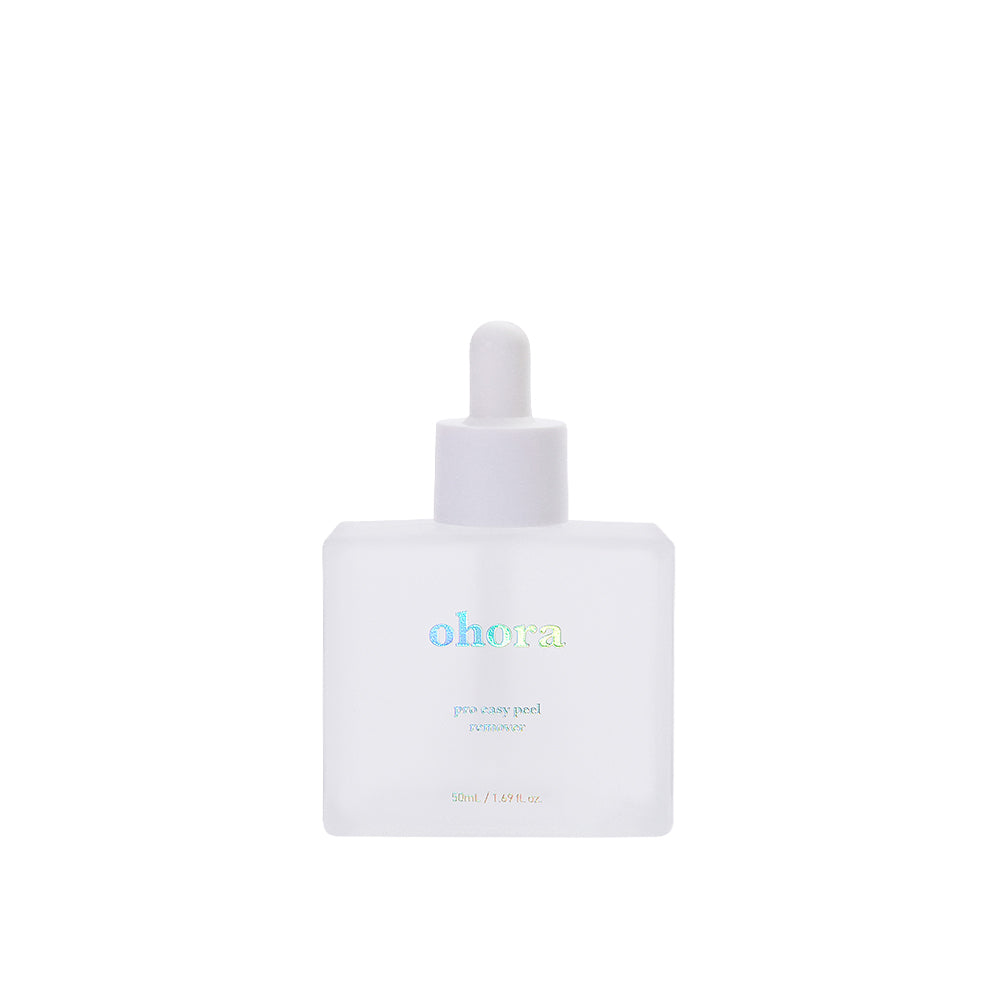

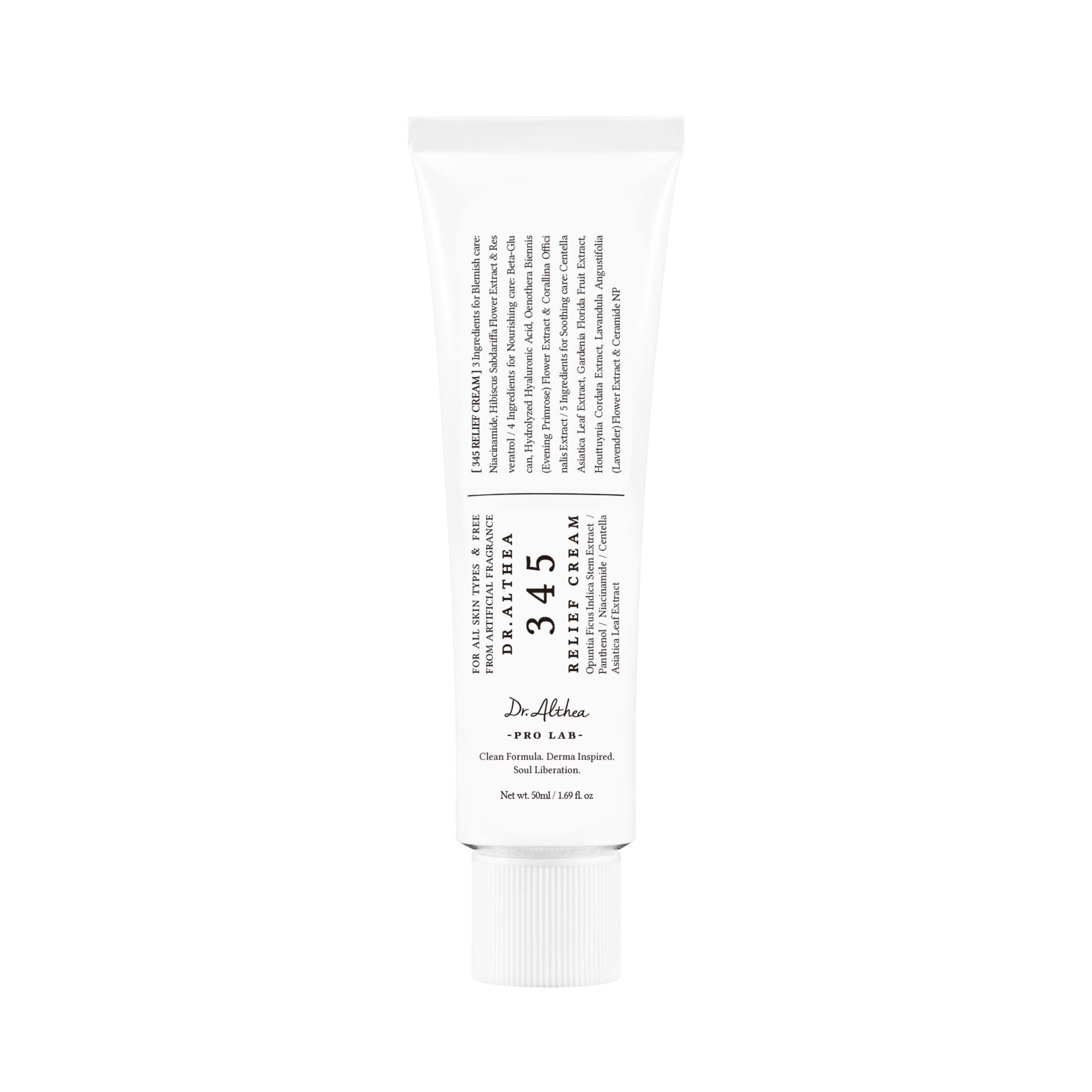


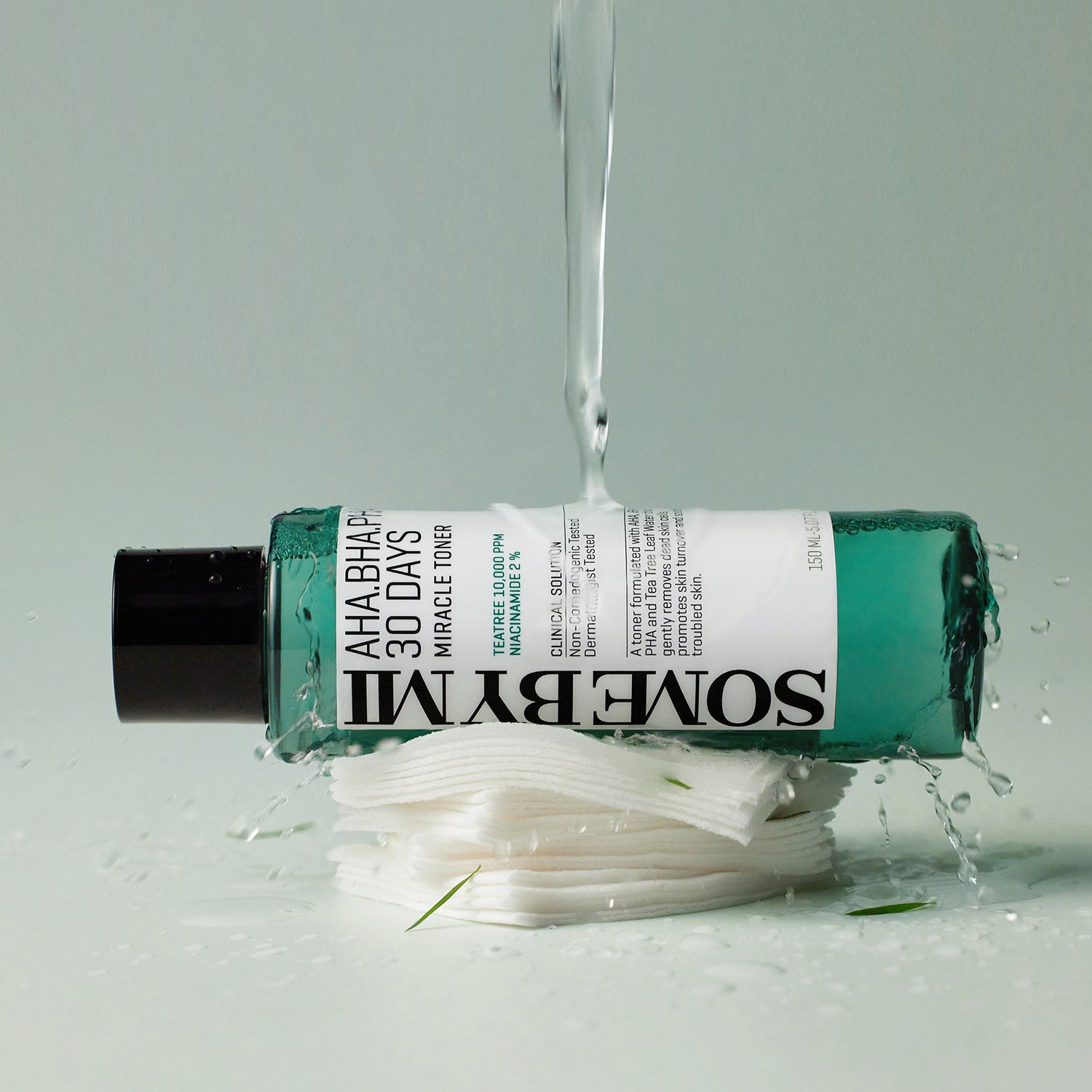


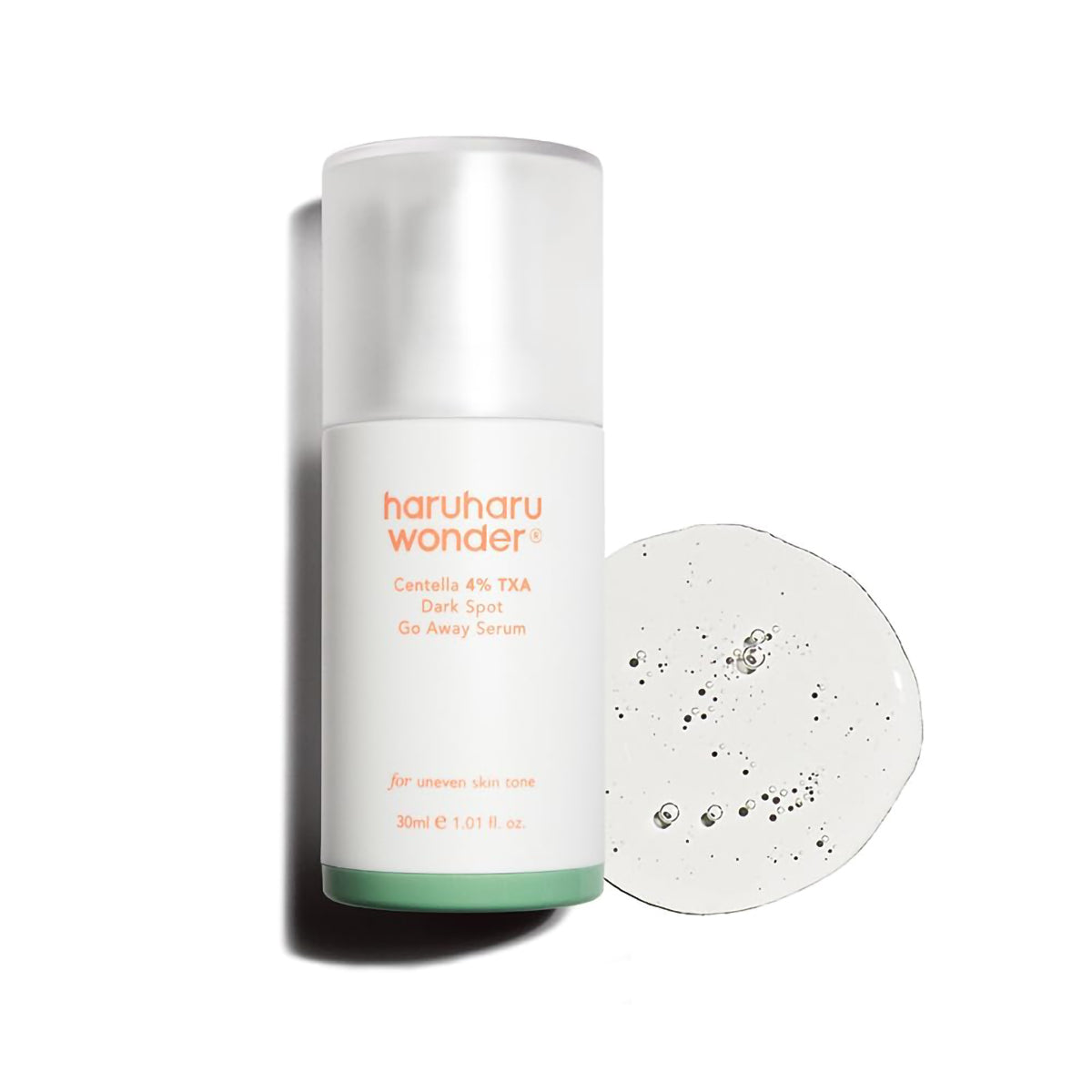

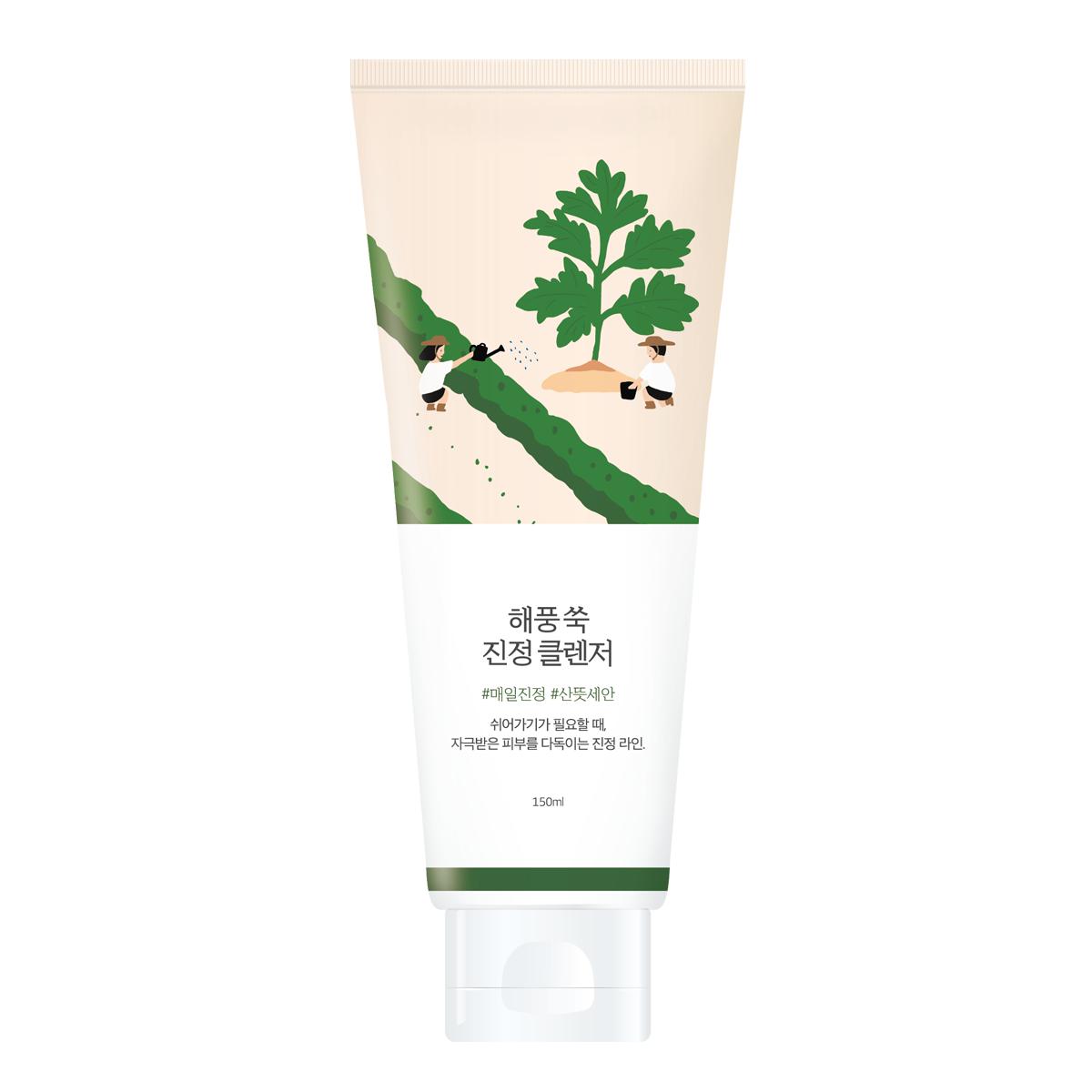
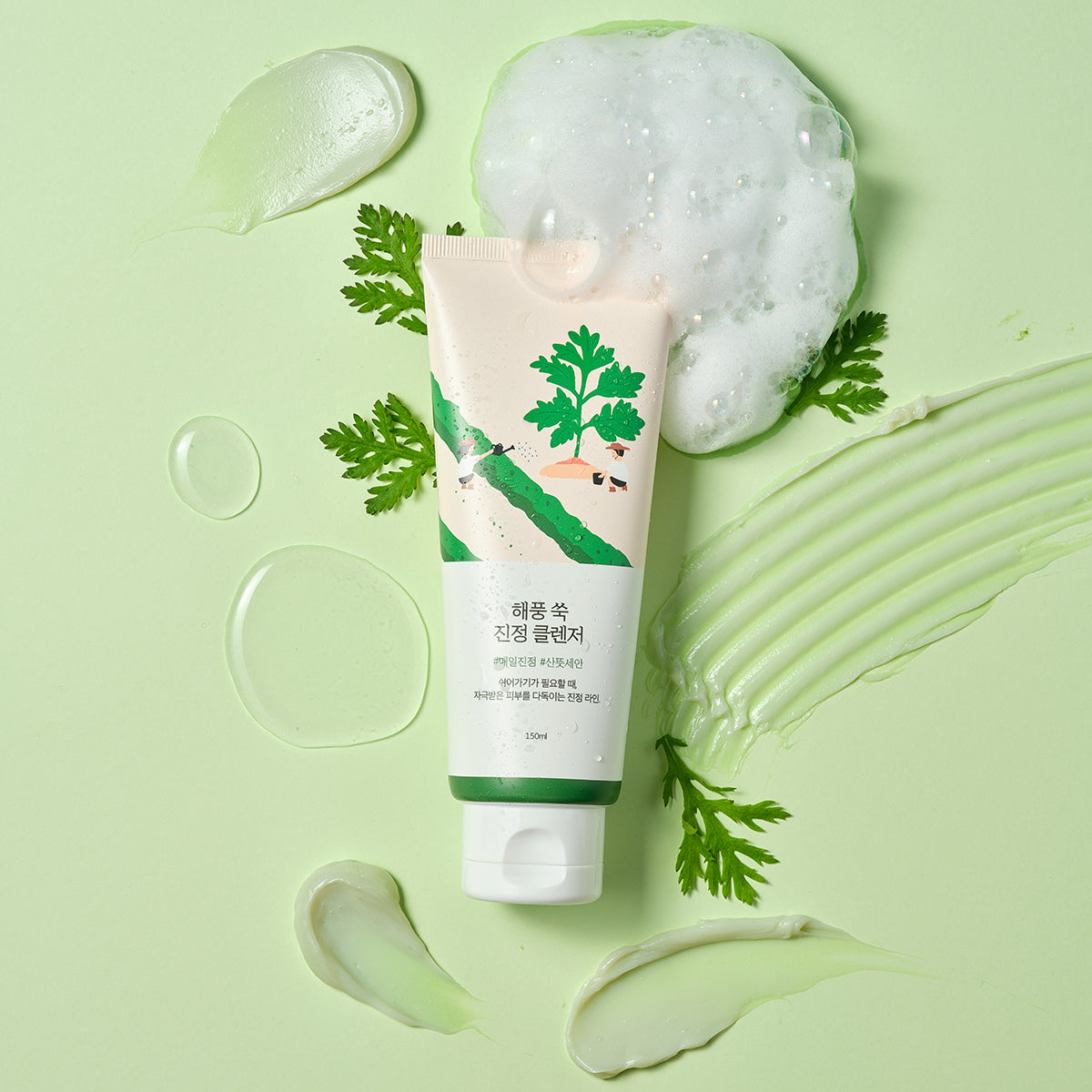

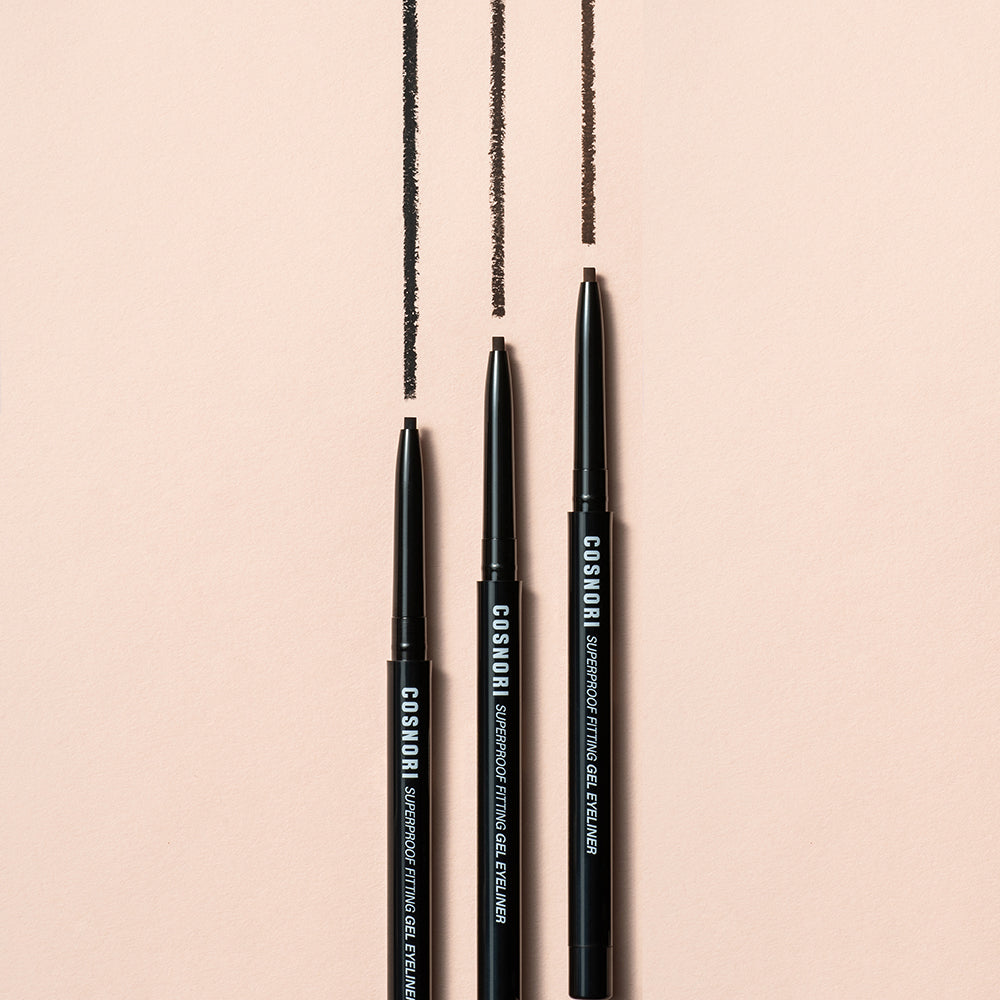





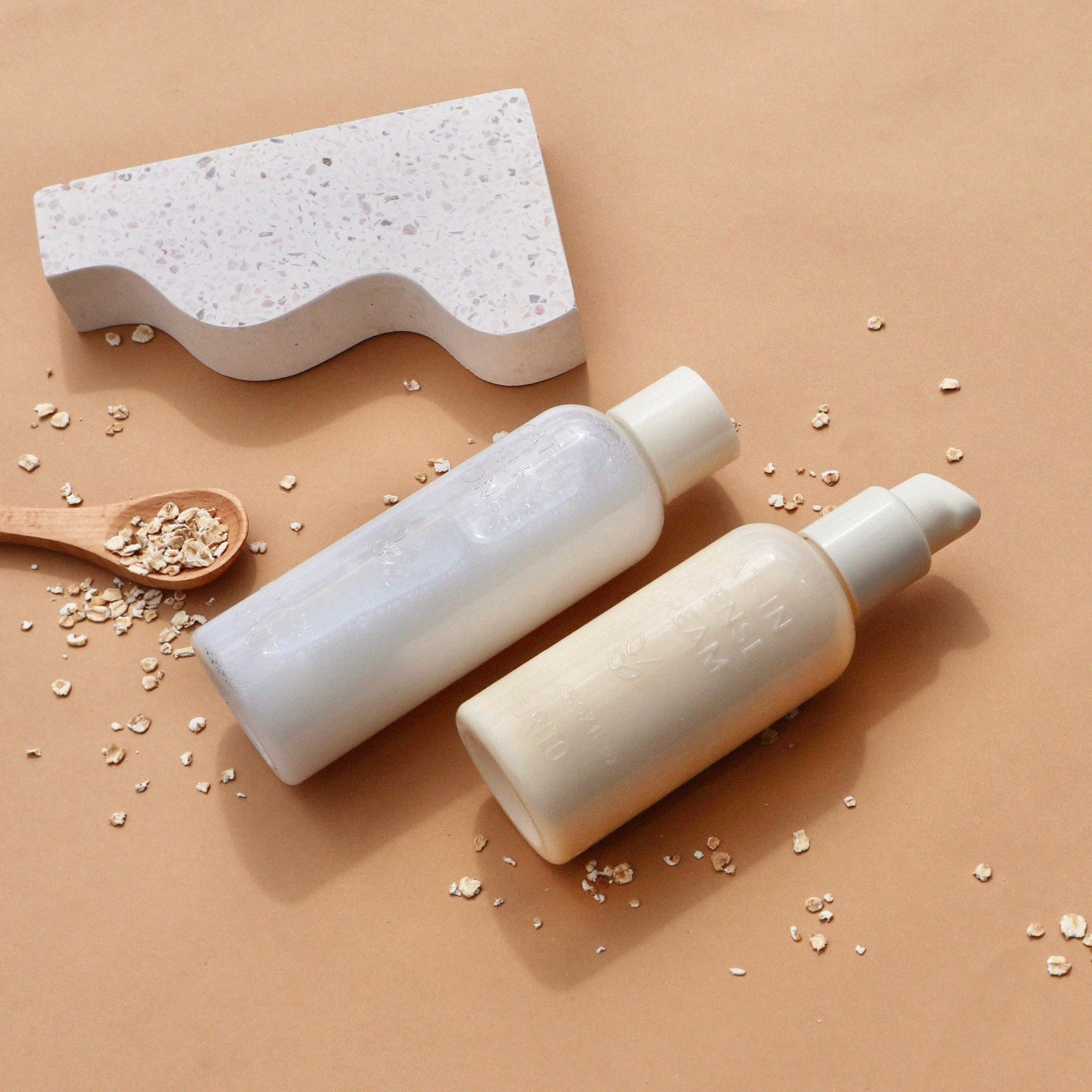
Leave a comment